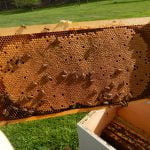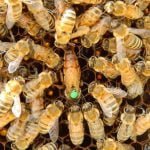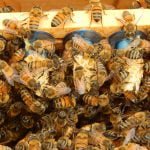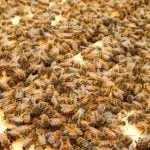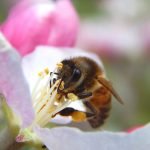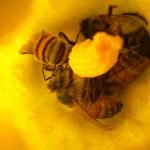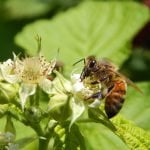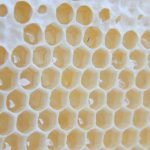Our Hill Country Bees
Breaking Free from Pesticide Dependency
It has taken many years, but this goal has been reached. The survival rate of our stock kept year round in West Virginia with zero mite treatments is not just good enough to easily rebuild our numbers in the spring, but to produce far more bees and honey than we know what to do with. We have been providing honeybees in the form of nucleus colonies (“nucs”) to local folks who need bees since 2011 and our new goal is for every nuc and queen we sell to be breeder quality. Customers continue to report great success, productivity, and gentleness from our stock.
How do Hill Country Bees resist varroa?
I consider low mite infestation rates to be the most important test to demonstrate varroa resistance, but it fails to tell us how the bees and mites are achieving symbiosis. It does not matter to me how the bees resist varroa, as long as I don’t have to worry about treating, and the bees do great through the winter. I definitely do not want to select so hard for one thing that I inadvertently select against something else that could be highly beneficial. Some of our colonies test 0% mite infestation all year long. I suppose we could attempt a Harbo assay on some of our breeders, but I doubt we would find enough mite-infested brood cells. The thing I like about the U-Bee-O test is that you don’t have to have varroa present in the colonies to conduct the test. We do see a lot of uncapped pupae in our colonies. We have tested for mite biting several years in a row and commonly found over 60% of the mites with their legs bitten off. While collecting mites for the mite biting test, we began to see so few mites below our bottom board screens that sometimes it was difficult to get 20 mites to evaluate after leaving the tray under for three days in early October. We almost never see deformed wing virus in our colonies. There are many ways honey bees can deal with varroa mites. Regardless of the methods and traits involved, such as brood development time, varroa sensitive hygiene, grooming behavior, mite biting, brood cell re-capping, altruistic sacrifice of infested bees, virus resistance, other traits not yet understood, and even reduced virulence bred into the mites themselves, the important thing is that the bees maintain low mite levels, remain free of viruses, and display no dwindling through the winter. We grade our hives for cluster size every fall and spring and regularly track the mite levels of our colonies through summer and fall. This way we can select the best out of a bunch of great spring colonies.
Merging mite resistance with gentleness
Gentleness is one of those things I have found severely lacking in some of the mite resistant lines available commercially. At Honey Glen we often don’t even bother to light the smoker, and some of our breeders can be worked efficiently, bare-handed, without smoke, in the middle of the summer without any aggression on the part of the bees. This is not to say we don’t have the occasional defensive colony. After experience with more than 60 pure Russian colonies from two RHBBA breeders, I have to say that compared to our average hive, the vast majority were extremely defensive. We have also had problems with defensiveness from the Purdue Mite-Biters.
Conversely, I worked with 50 colonies headed by open-mated daughters of hygienic breeder queens from a highly reputed breeder who hasn’t treated for mites in quite some time. They were gentle, but likely due to the open mating, the mite resistance was poor, requiring treatment, showing DWV, and major failing to winter over despite the mite treatments. This is why I am so thrilled about Honey Glen’s merging of gentleness and mite resistance. Throughout our years of breeding for varroa resistance, we have also been breeding for gentleness, so that we don’t end up breeding out one in favor of the other. And by controlling the drones in our mating yards, we aim for all our production queens to be breeder quality if possible. We don’t want the situation where our completely mite resistant breeder queens remove so much brood that the colony cannot grow a massive population and produce honey. These would then have to out-crossed with non-resistant bees to be productive, but not mite resistant enough to eliminate the need for varroa control. Providence has rewarded our work with bees that do not need any treatment, are gentle, productive, and not too swarmy. Our selection criteria includes gentleness, vigor, productivity, wintering ability, and low swarming. The bees we breed from have been raised here in the mountains for many generations.
Are Honey Glen’s Hill Country Bees Swarmy?
Lower tendency to swarm is one of our selection criteria. Now that we have a gentler and decidedly mite resistant stock, we are able to focus more a second tier of priorities layer of qualities. also select for low swarming. Once again God has blessed us with hives that do not have that strong tendency to swarm
Our bees have been practically free of all mite treatments since 2010 and during the same time period our average winter losses have been below 35%, and in 2022 through 2024 losses have been below 12%. All tests have shown our colonies to be free of Nosema, and we have never had Chalkbrood or American Foulbrood in any of our colonies. If we encounter a brood issue like EFB, we have found re-queening completely clears it up long term. Our hives are inspected by the WV Department of Agriculture annually.
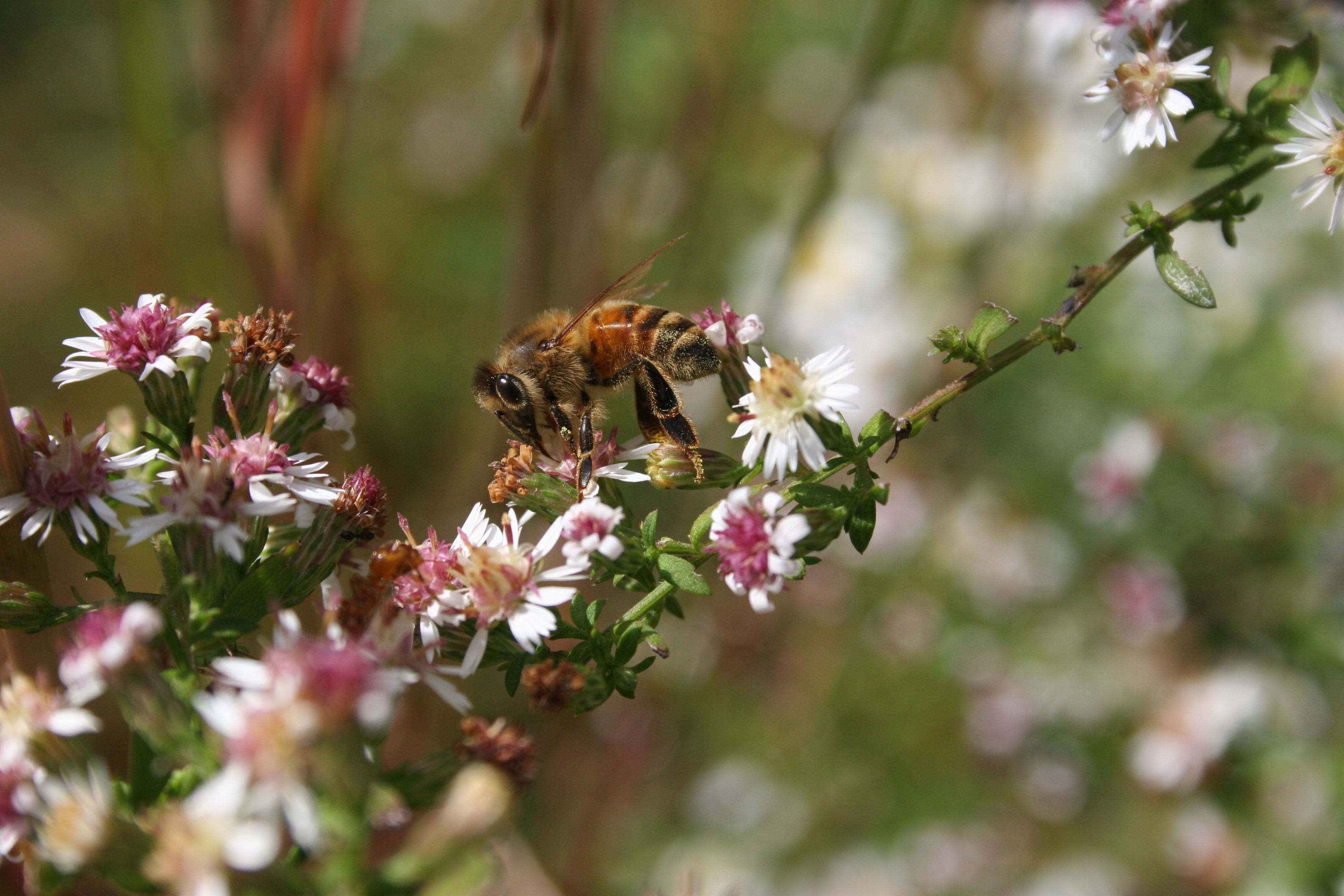
“Over the last 3 years we have averaged less than 8% of our colonies treated with any mite treatments whatsoever, and during the same time period our average winter losses have been below 12%.”
“…I wanted to let you know that the three nuc splits I picked up from you back in May are going strong, filling their hive bodies and looking really good. Thanks for the strong splits!“
Organic Grower in West Virginia
“We got home the other evening and got the 2 nucs in the hives… Today was my first chance to check them out. Marked Blue queens look great (marked well and look like Carniolan)
“Hives Temperament was A+. Brood pattern was A+ (3 full frames in each). I am very pleased.“
We believe that the beekeeping industry will never break free from dependence on pesticides if we continue using them. Furthermore, my experience with traditional commercial stock has shown me that despite being great bees in most respects, they are absolutely helpless against varroa. One failed treatment at a critical time, and they die in a heartbeat. I have a hunch that treating for mites tends to select for more aggressive mites and more susceptible bees over time. According to Bee Informed Partnership, the threshold at which mites destroy a colony has been getting lower; in other words it takes fewer mites to damage a colony now than in the past. Everyone would prefer to use nutrition and genetics to do as much of the mite-fight as possible, and our recent results have shown that mites as a major threat requiring priority attention on the part of the beekeeper, regular testing, and pesticide treatments (whether chemical or organic) can become a thing of the past.
- Capped brood. Photo by Michael Staddon, Salem, WV
- Marked queen. Photo by Michael Staddon, Salem, WV.
- Queen cells. Photo by Michael Staddon, Salem, WV.
- Full hive. Photo by Michael Staddon, Salem, WV.
- Bees make apples. Photo by Michael Staddon, Salem, WV.
- Bees make pumpkins. Photo by Michael Staddon, Salem, WV.
- Bees make berries. Photo by Michael Staddon, Salem, WV.
- Bees make honey. Photo by Michael Staddon, Salem, WV.
Break Free of the endless Treatment Treadmill!
About Honey Glen
We’ve got bees and honey! We provide our local area of north-central West Virginia with honey, and help other folks get started with beekeeping too. We believe our honey is the best that money can buy for our local area. Learn More »
"Pleasant words are as an honeycomb, sweet to the soul, and health to the bones." ~ Proverbs 16:24
